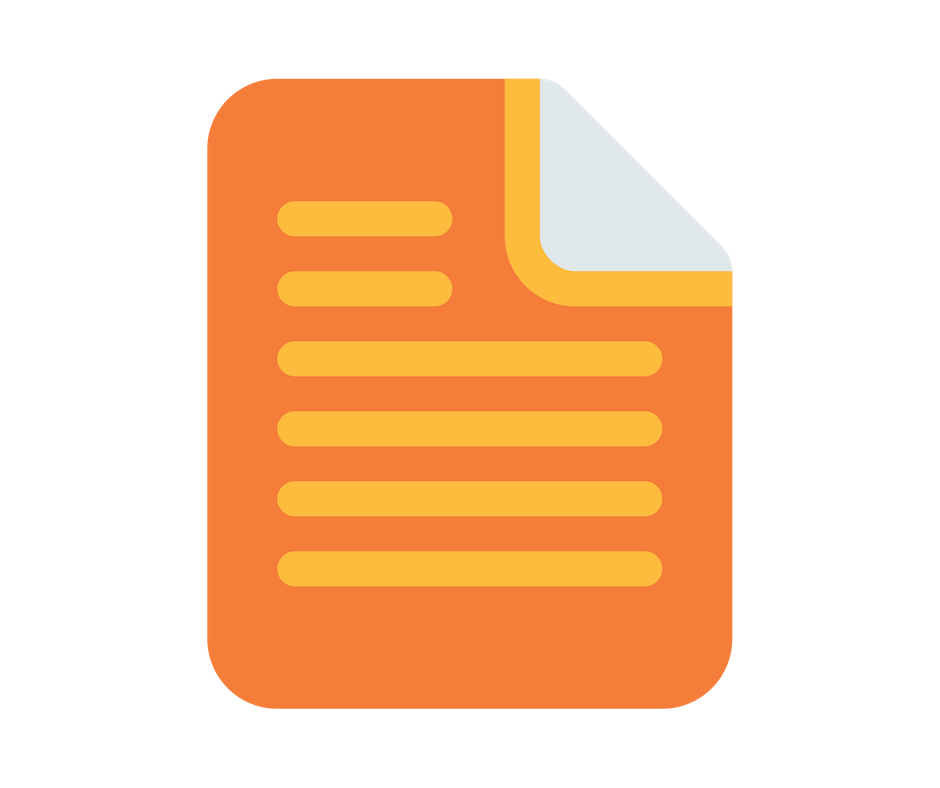In the very popular book Built to Last, the authors Collins and Porras promote how two great companies, Marriott and Disney, have strong cultures that emphasize fun at work. More recently, Google has been said to inject fun into the workplace by celebrating April Fool’s Day, providing employees the opportunity to play volleyball or ping pong on their breaks, and even integrating fun into its office design. But, does fun work? Many researchers over the years have reported that incorporating fun at work promotes job satisfaction, stronger trust, improved perceptions of service quality, and is negatively related to emotional exhaustion and turnover intentions (Karl, et al., 2005; Karl et al., 2008). Fun has also been linked to applicant attraction, improved job performance, and employee retention (Tews et al., 2013).
So, with all these great benefits, should employers rush out to build volleyball courts and buy ping pong tables? Well, not so fast. First, consider what is “fun” at work? Here is the definition we offer: fun in the workplace describes a workplace that is characterized as one of a social, playful, and humorous nature, which promotes or triggers positive feelings of enjoyment, amusement, and lightheartedness (Michel, 2018). A recent review of the empirical evidence suggests that fun is in fact favorably related to positive relationships and positive attitudes (Michel, 2018). However, the relationship of fun to employee performance and retention is mixed (Michel, 2018). The evidence to-date suggests these important themes:
Coworker socialization, manager support for fun, and fun job responsibilities have a stronger relationship to job performance and satisfaction than the actual “fun event or activity”.
Fun is also context dependent. What is “fun” to some is not “fun” to others. Everyone has a different view of what they consider as fun. For example, people playing ping pong while you are trying to meet a deadline is not likely to be perceived as fun.
My own experiences align with many researchers’ findings that one of the best ways to build long-term benefits into the workplace is through a process known as “broaden and build”. Broaden and build is a theory offered by Barbara Frederickson. It describes that when individuals experience increases in positive emotions, such as joy, pride, gratitude, appreciation, and kindness from engaging in a variety of activities at work, organizations and individuals will be encouraged to engage in creative, resourceful, and unexpected ways of thinking and acting that lead to long term benefits (Fredrickson, 2001). In essence, increase positive emotions and you’ll positively impact the workplace.
So, you are probably thinking, yes, this all this sounds reasonable, but “how do I get started?”. How do I inject positive emotions and activities into the workplace? Many times people intend to make work more fun, but they get busy or need ideas on what to do. That’s why we’ve created more than 30 different personal and team practices to help bring positivity into the workplace. If you are part of the Levelhead community, take a look at the track called Positive Practices to find ways you can incorporate these powerful emotions into your everyday work life.
And, if you want to do something starting now, all you need to do is point your intention and attention in the direction of increasing the level of positive emotions in your work.
If you’re looking for team activities, check out the links below to three of our team activities called “Have Some Fun”. These are part of our Mindful Moments for Leaders and they can easily be used at the start of a meeting, huddle, or a quick start to the day or shift. To begin, just print the handy Leader’s Guide, listen to the audio to help you prepare BEFORE you lead the exercise, and then you’re ready to go.
HAVE SOME FUN:
MINDFUL MOMENTS TEAM EXERCISES
Team Exercise: PLAY AND PRODUCTIVITY
Discover the link between fun and increased productivity!
Team Exercise: PLAY AND CREATIVITY
Uncover ideas to break down barriers to creativity.
Team Exercise: WORK/LIFE BALANCE
Support work/life balance and learn about each other along the way.
References
Fredrickson, B. L. (2001). The role of positive emotions in positive psychology: The broaden-and-build theory of positive emotions. American Psychologist, 56, 218–226.
Karl, K. A., Peluchette, J. V., Hall, L., & Harland, L. K. (2005). Attitudes toward workplace fun: A three sector comparison. Journal of Leadership and Organizational Studies, 12,1–17.
Karl, K. A., Peluchette, J. V., & Hall, L. M. (2008). Give them something to smile about: A marketing strategy for recruiting and retaining volunteers. Journal of Nonprofit and Public Sector Marketing, 20,91–96.
Michel, J. W., Tews, M. J., & Allen, D. G. (2019). Fun in the workplace: A review and expanded theoretical perspective. Human Resource Management Review, 29(1), 98-110.
Tews, M. J., Michel, J. W., & Stafford, K. (2013). Does fun pay? The impact of workplace fun on employee turnover and performance. Cornell Hospitality Quarterly, 54, 370–382.






